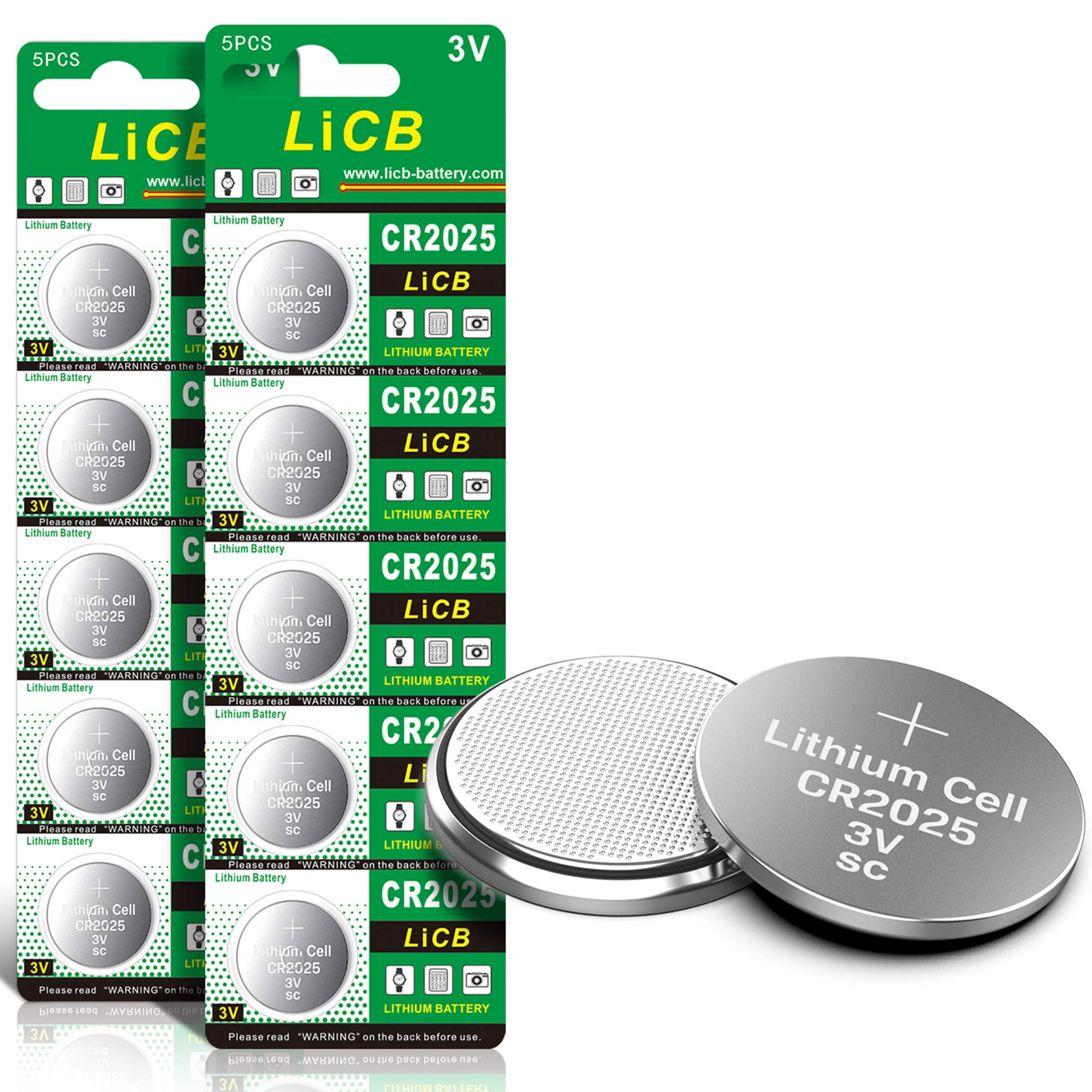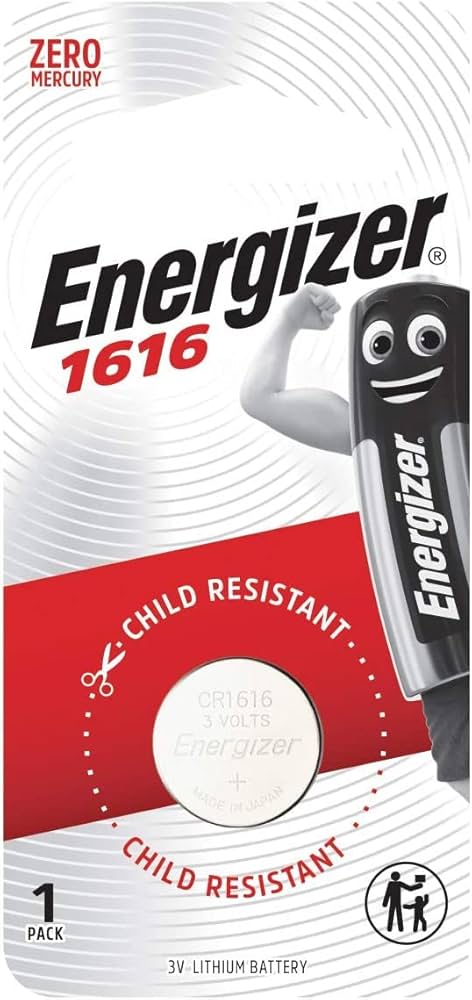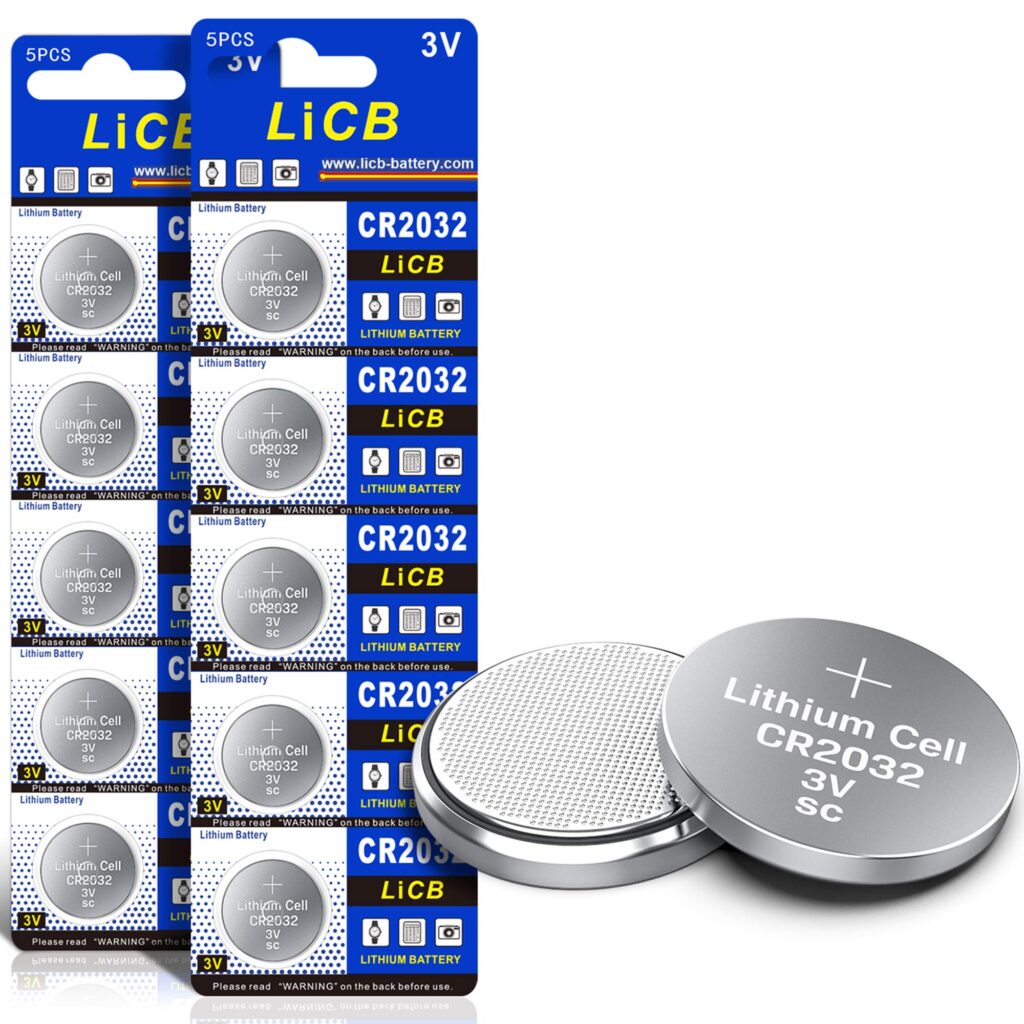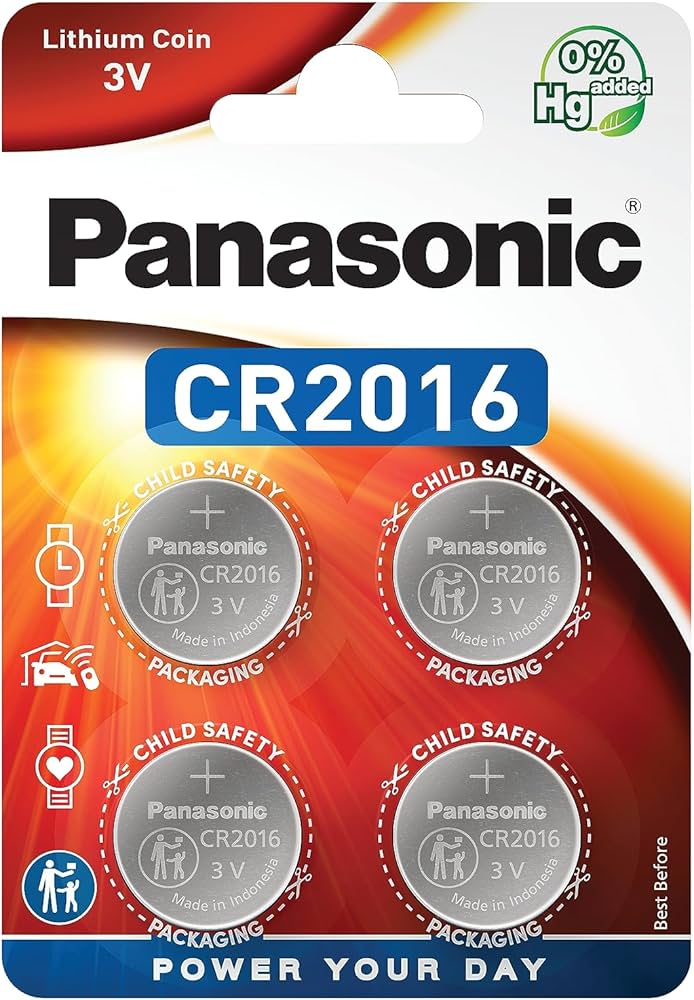The world of button cell batteries is more diverse than one might initially assume. Among the most commonly used types are the CR2025 and CR1616 batteries. These batteries, although similar in many aspects, serve different purposes and fit into a variety of electronic devices. Understanding the distinctions between them is crucial for ensuring optimal performance and longevity of your gadgets.
The CR2025 and CR1616 are both lithium coin cell batteries manufactured by numerous companies worldwide. They are primarily used in small electronic devices such as watches, calculators, toys, and some remote controls. While they share some similarities, such as being non-rechargeable and having a long shelf life, they differ significantly in terms of size, capacity, and applicable uses.
This article will delve into a detailed comparison of these two battery types, providing insights into their specifications, performance, and suitability for various devices. By the end, you will have a clear understanding of which battery best meets your needs.
Detailed Comparison Table
| Feature | CR2025 | CR1616 |
|---|---|---|
| Image |  |
 |
| Diameter | 20 mm | 16 mm |
| Height | 2.5 mm | 1.6 mm |
| Capacity | 170-225 mAh | 50-55 mAh |
| Voltage | 3 volts | 3 volts |
| Weight | 2.5 grams | 1.2 grams |
Informative Explanation of Features and Specifications of Both Products
CR2025
The CR2025 battery is a lithium coin cell battery designed for devices that require a higher capacity and are capable of housing a slightly larger battery. With a diameter of 20 mm and a thickness of 2.5 mm, the CR2025 offers a capacity ranging from 170 to 225 mAh. This makes it a robust choice for devices such as car key fobs, calculators, and medical devices that demand more power for extended periods. Weighing approximately 2.5 grams, it is lightweight enough not to disrupt the balance of small devices while still delivering consistent performance.
CR1616
The CR1616 battery, on the other hand, is tailored for ultra-compact electronics where space is at a premium. Measuring 16 mm in diameter and 1.6 mm in thickness, this battery offers a capacity of 50 to 55 mAh. It is most suited for devices like watches, small remote controls, and fitness equipment that operate with lower power consumption and can fit smaller batteries. At just 1.2 grams, the CR1616 is even lighter than the CR2025, which is beneficial for devices where total weight is a critical factor.
Differences Between Products
While both the CR2025 and CR1616 batteries operate at a voltage of 3 volts, their most significant differences lie in their physical dimensions and energy capacities. The CR2025 is larger and offers a higher capacity, making it ideal for devices that have more space and require more energy. Conversely, the CR1616’s smaller size and lower capacity are perfect for compact devices with minimal energy demands.
Another notable difference is their weight, with the CR2025 weighing about double that of the CR1616. This can be a determining factor for devices where minimal weight is essential. Furthermore, the higher capacity of the CR2025 may lead to a longer lifespan in devices with moderate energy consumption, whereas the CR1616 is specifically designed for low-drain devices.
Pros and Cons Section
CR2025

- Pros:
- Higher capacity, making it suitable for more demanding devices.
- Standard 3V voltage for compatibility with a wide range of devices.
- Good shelf life, ensuring readiness even after extended storage.
- Cons:
- Larger size may not fit in smaller devices.
- Heavier weight compared to CR1616.
CR1616

- Pros:
- Compact size, fitting into ultra-small devices.
- Lightweight, ideal for devices where minimal weight is critical.
- Standard 3V voltage for broad compatibility.
- Cons:
- Lower capacity, not suitable for high-drain devices.
- Shorter lifespan compared to CR2025 in similar applications.
Performance Evaluation and User Experience
The performance of the CR2025 and CR1616 batteries largely depends on their intended applications. Users of the CR2025 battery often note its reliability in devices that require consistent and prolonged energy output, such as LED lights and keyless entry systems. The batterys higher capacity ensures that such devices operate longer without the need for frequent replacements, adding to the convenience and cost-effectiveness for the user.
In contrast, the CR1616 battery is praised for its ability to seamlessly power smaller devices like watches and mini remote controls. Users appreciate its ability to fit into compact spaces, maintaining the devices sleek design without compromising on functionality. Although it has a lower capacity, its performance is optimal for low-drain devices, offering a balance between size and efficiency.
Both batteries boast a long shelf life due to their lithium composition, retaining their charge even when stored for extended periods. This trait ensures that users can rely on these batteries to be ready for use whenever needed, enhancing user experience through dependability.
Final Recommendation and Conclusion
In conclusion, choosing between the CR2025 and CR1616 batteries hinges on the specific requirements of your device. If your gadget demands higher energy output and can accommodate a slightly larger battery, the CR2025 is the optimal choice. Its high capacity and consistent performance make it suitable for a variety of applications, from remote controls to medical devices.
Conversely, if your device is compact and designed for low energy consumption, the CR1616 is more appropriate. Its smaller size and lighter weight are perfect for devices like watches and smaller electronics where space is limited.
Ultimately, both batteries have their distinct advantages and serve different purposes. By understanding the specifications and applications of each, you can make an informed decision that aligns with your devices needs, ensuring lasting performance and satisfaction.


